Welcome to summer! Different people greet this season with different emotions that range from ecstatic joy to dread, often depending on how much they like structure (or the lack of it), heat (or, depending on who controls your air conditioning, frigid cold) and some of nature’s biggest expression (flowers! bugs! storms!).
In this article, we’re sharing some ideas to make the most of summer. As a plus, you can do all these things without spending money. Many of the ideas also aren’t adding something big to your schedule but, instead, offer a quick strategy to maximize what you already have going on or are planning to do. For those of you on the search for things to do this summer, the last two items give some ideas.
A few summer activities to consider:
- Explore your child’s interests! What is medically described as “restricted, repetitive patterns of behavior, interests or activities” can really be “deep loves” that are fun and rewarding for your child to explore. When your child’s intensive focus isn’t competing with the structure of a school schedule, the flexibility of summer can allow some of those interests and activities to flourish. Watching how your child engages the things that they love now may make it easier to respond when schedules take off again in the fall. You may then know, for instance, that they will feel calmer if you wait the few extra seconds for them to get to 11 repetitions, or you’ll be better able to ask relevant questions about the details of the ocean floor, trains, Roblox or another interest as you further build your relationship with your child.
- Break long-term tasks into small pieces. Are you trying to get something done this summer? Does your child have required summer reading due in the first weeks of school? Take a few minutes to break down the steps of your goal and set a timeline for them. Set dates to check your plan, like July 15, August 1, and August 15. You might realize that your initial timeline or plan isn’t working well, which is a great time to move to a Plan B! For example, maybe you and your child set a goal to build the Lego set that’s been sitting around for months. Plan A was to work on the Lego set on their own every day after camp, but suddenly, it’s August, and the set has gone untouched because your child really needs quiet reading time after the stimulation of camp. On to Plan B — setting a 10-minute timer for time to build together on the weekends when you’re more available to join in. Plans that don’t work can teach us what does work. It’s a great thing to move to a plan that will better help you reach your goal.
- Bring the best parts of your child’s educational supports into the summer. Some children may be attending an Extended School Year (ESY) program this month that provides ongoing therapy or specialized instruction at school during the summer. (Talk with your child’s school team if you think this may be helpful for them next year!) Regardless of whether your child is participating in the formal program, try looking at the goals and accommodations of their Individualized Education Program (IEP) or Section 504 Plan for strategies that may be helpful to your family in the summer as well. Has your child been practicing an effective way to communicate, self-regulate, learn new information or demonstrate what they know? If you’d like to continue building those skills over the summer, look at the “Goals” section of the IEP for more information about what your child has been practicing. For ideas about strategies to support your existing plans, see the “Accommodations” on your child’s IEP or 504 Plan. Your child may be used to visual schedules, repetition of directions, prompting or other approaches that help them with completing tasks and routines.
- Join a library program. Many local libraries offer a free Summer Reading Program, which can include opportunities to connect with other kids around the same age regarding a topic of interest, try a craft or new activity, watch a show or learn about something new.
- Attend sensory-friendly activities. Try a sensory-friendly show, movie or concert, or explore the sensory-inclusive options at common summer stops like the zoo or museum. XMinds offers a helpful list of Maryland- and DC-local options, or you can search online for your county and “sensory friendly Summer 2023” for options.
- Going to an outdoor event? Find ways to expect the unexpected: Ask how seats are determined (many are first come, first served), what time the show or movie will actually start and where the bathrooms are. Consider ways to make space, like sitting on a large blanket that creates a natural boundary, wearing noise-muting headphones and sitting at the edge of the group.
Remember, summer fun is not made by hitting every point on a checklist. Sometimes the fun is in leaving or stopping early while everyone has still had a good time, or in staying home to do something that makes more sense to your family. There is no “normal” brain, and we’re excited to see more of the fun of neurodiverse summers. Wishing you all a wonderful, safe season!
 https://riseandshine.childrensnational.org/wp-content/uploads/2025/06/boy-with-concussion-Feature.jpg
300
400
Danielle Robbins
https://riseandshine.childrensnational.org/wp-content/uploads/2017/11/childrens_riseandshine_logo.jpg
Danielle Robbins2025-06-11 11:47:322025-06-11 11:47:32Concussions in Autistic children
https://riseandshine.childrensnational.org/wp-content/uploads/2025/06/boy-with-concussion-Feature.jpg
300
400
Danielle Robbins
https://riseandshine.childrensnational.org/wp-content/uploads/2017/11/childrens_riseandshine_logo.jpg
Danielle Robbins2025-06-11 11:47:322025-06-11 11:47:32Concussions in Autistic children



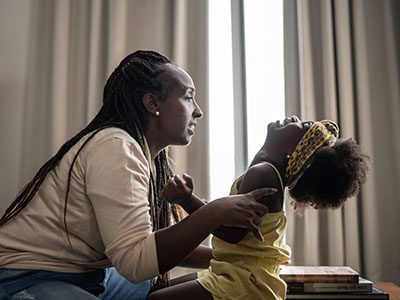

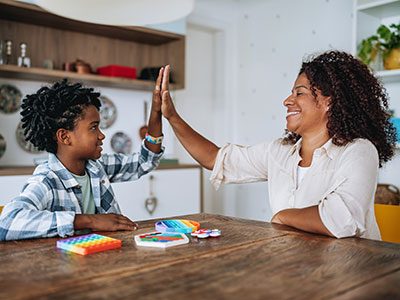



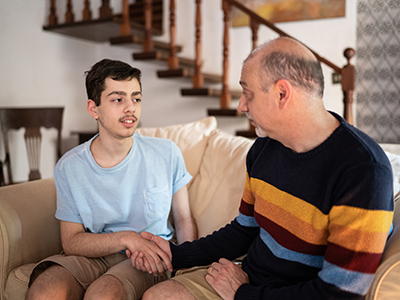


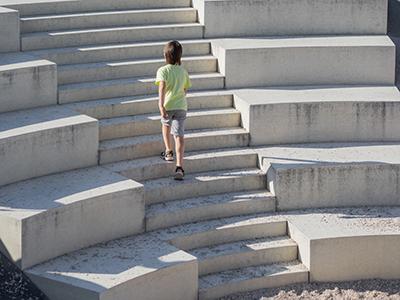



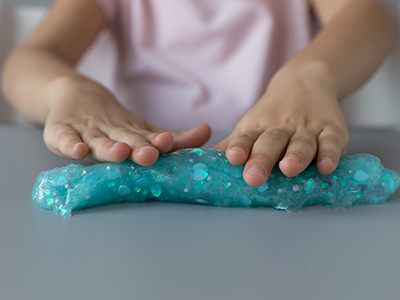
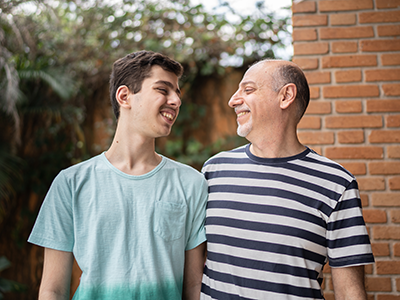



Leave a Comment
Want to join the discussion?Feel free to contribute!